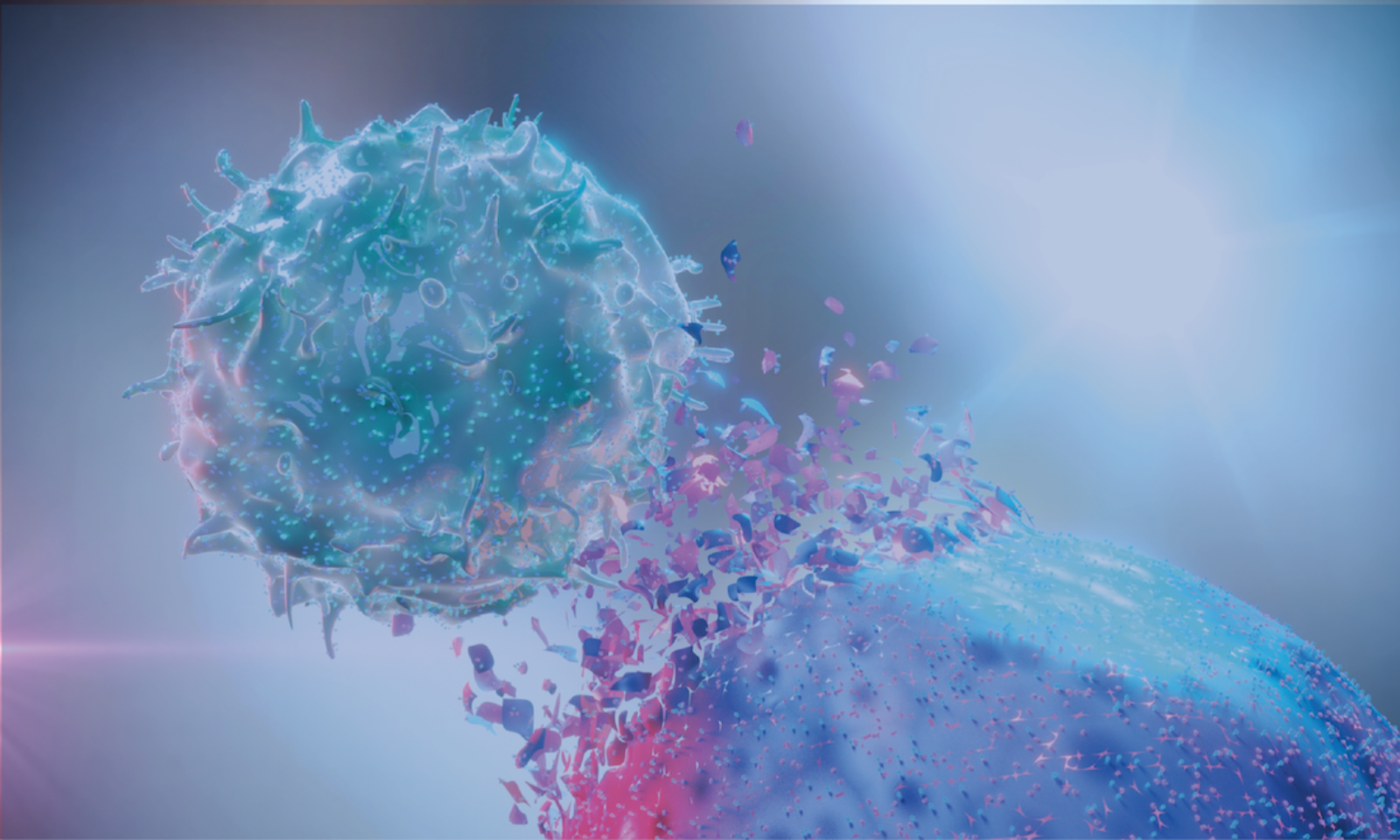The immune cells that protect humans against infection and cancer look for a variety of fuel sources to power their operation, including those that were previously believed to be cellular waste products.

Image Credit: Van Andel Institute.
The research paves the way for future individualized dietary recommendations intended to boost immune system function and support treatments for cancer and other disorders. The study was published in the Cell Metabolism journal.
Every process in the body is powered by metabolism, which in turn is fueled by the nutrients we consume through our diet. We found that immune cells are much more flexible in selecting the nutrient fuels they consume and, importantly, that they prefer some nutrients that were previously dismissed as waste. This understanding is crucial for optimizing T cell responses and developing new strategies for boosting our ability to fight off disease.”
Russell Jones PhD, Study Senior Author and Chair, Department of Metabolism and Nutritional Programming, Van Andel Institute
The immune system’s fighters, or T cells, are entrusted with fighting pathogens, viruses, and even cancer cells. They get the energy they need to do their jobs by absorbing nutrients from the food we eat.
The results come from a new method that might change how metabolism is investigated. T cells have traditionally been produced in the lab on media containing nutrients. However, a lot of this media falls short of accurately portraying the wide variety of nutrients present in the human body. Jones and his colleagues created media that had a wider variety of nutrients to address the issue.
Previously, we were giving immune cells a very basic diet—the equivalent of just eggs and toast. We found that, when we offer them a full buffet, these cells actually prefer a wider array of ‘fuels’ than previously believed. This has major implications for how we tailor dietary recommendations as ways to promote health and combat disease.”
Russell Jones PhD, Study Senior Author and Chair, Department of Metabolism and Nutritional Programming, Van Andel Institute
One example is lactate, a cellular waste product that causes muscle pains following a strenuous workout. The T cells chose to employ lactate instead of glucose, a common sugar present in both the body and lab media, to fuel energy production, which improved their performance.
Another significant byproduct of cancer cells, lactate, aids the disease’s capacity to invade other tissues and avoid immune system response. According to certain studies, high levels of lactate impact T cells. The research from Jones’ group shows that lactate may actually improve T cell activity at lower concentrations.
The results also imply that the nutrients present in their environment have a significant impact on T cell survival and function. To better understand how these vital systems interact, Jones and his colleagues intend to explore deeper into the complex interactions between metabolism and the immune system in the future.
Video Credit: Van Andel Institute.
Source:
Journal reference:
Kaymak, I., et al. (2022) Carbon source availability drives nutrient utilization in CD8+ T cells. Cell Metabolism. doi.org/10.1016/j.cmet.2022.07.012.